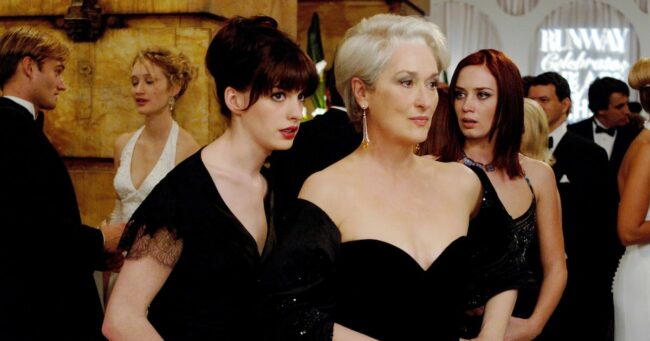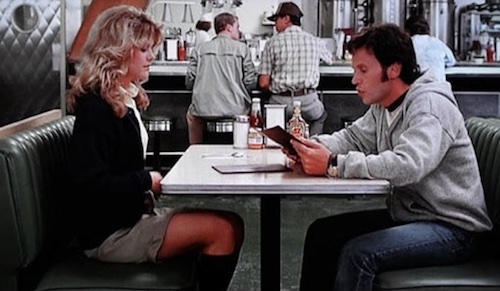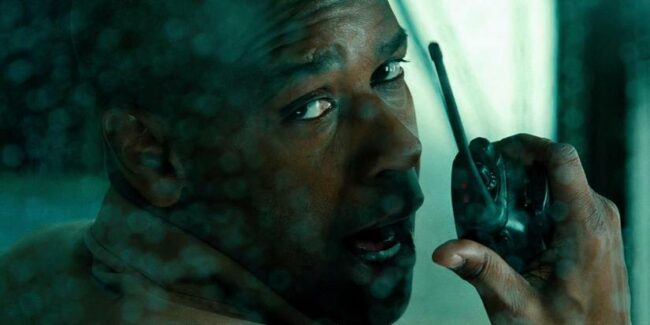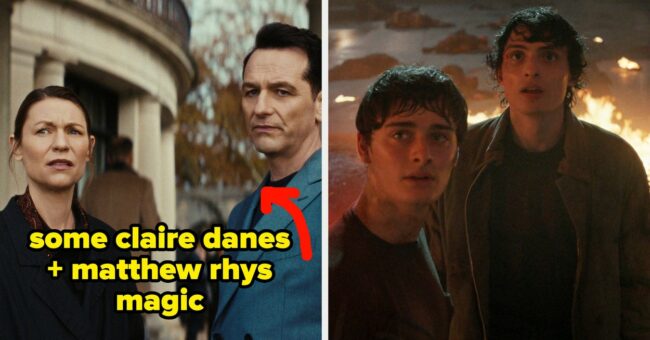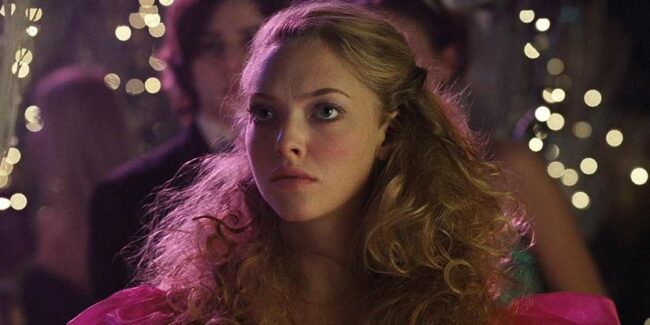From The Devil Wears Prada to The Departed, 20 films turning 20 in 2026
… visual imagination remain touchstones for filmmakers exploring genre hybridity.
Children … Miss Sunshine
This indie road movie about a dysfunctional family … personal narrative reshaped documentary impact filmmaking and influenced environmental outreach …

